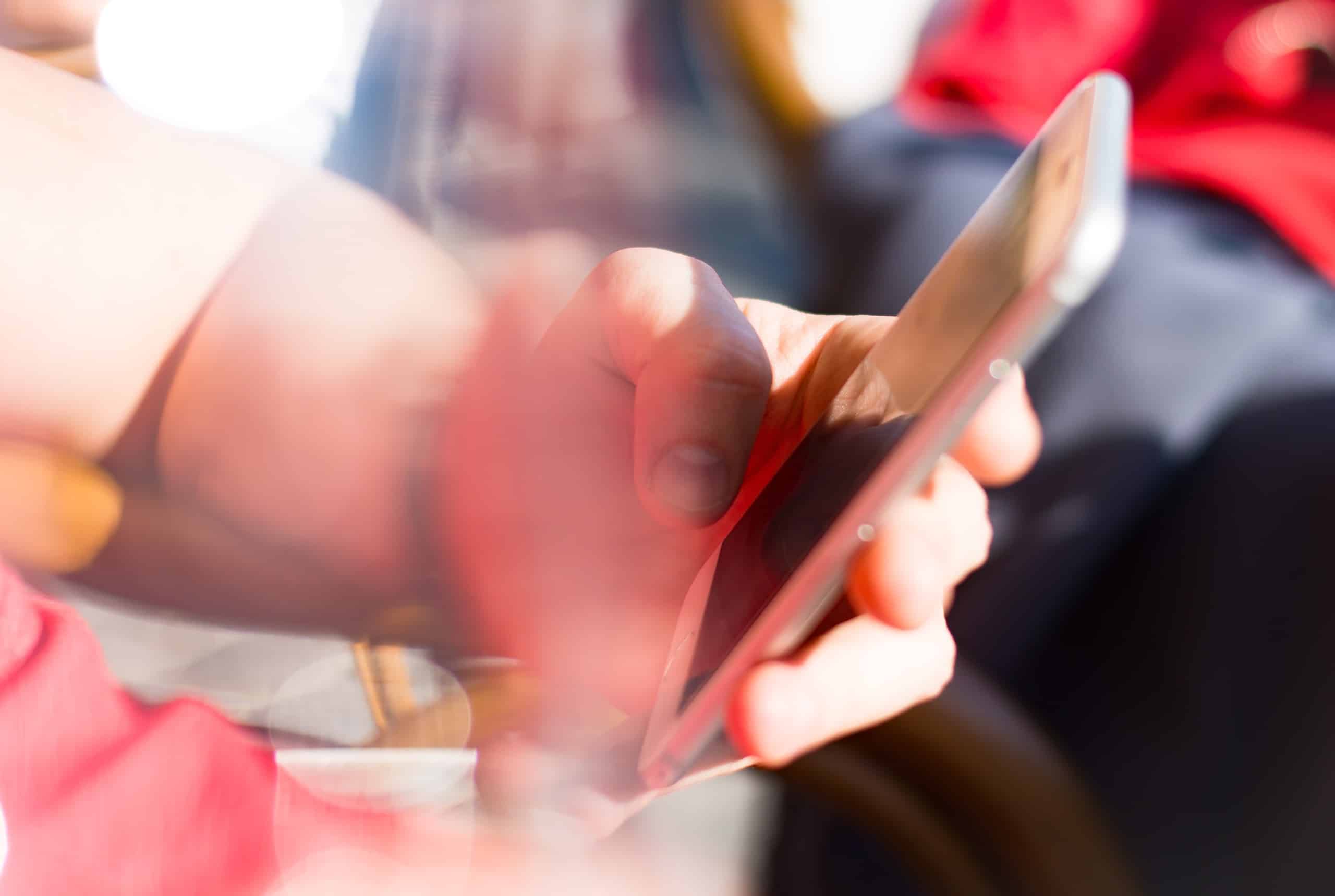
Picture this: you’re at a party, chatting away, enjoying the evening. You may not realize it, but your voice is subtly changing as the evening progresses and the drinks keep pouring. But, what if your smartphone could warn you that you were getting tipsy just by listening to you speak?
This isn’t a futuristic scenario; it’s the focus of a recently published study.
When you’ve had a few
“The accuracy of our model genuinely took me by surprise,” says lead researcher Brian Suffoletto, M.D., associate professor of emergency medicine at Stanford. “While we aren’t pioneers in highlighting the changes in speech characteristics during alcohol intoxication, I firmly believe our superior accuracy stems from our application of cutting-edge advancements in signal processing, acoustic analysis, and machine learning.”
Suffoletto and colleagues embarked on a controlled laboratory study to explore whether voice features can be used to detect alcohol intoxication. This innovative research involved 18 participants who read a tongue twister before and after consuming alcohol. Their voice samples were then analyzed using specialized models.
Researchers also measured their breath alcohol concentration at the beginning of the study and every 30 minutes for up to seven hours. Then, they compared the alcohol concentrations to the algorithm results.
The study achieved a 98% accuracy rate in predicting alcohol intoxication. This high level of accuracy suggests that certain voice features are significantly altered by alcohol consumption, and this is detectable by software.
Directing timely interventions
The implications of this study are far-reaching. Imagine a world where your phone could warn you if you’ve had too much to drink, potentially preventing drunk driving incidents or other risky behaviors. It could also be a boon for remote healthcare monitoring.
Suffoletto says the goal of this work is to deliver “just-in-time interventions” that can prevent people from driving when under the influence. You basically don’t need any new tools to do this — just use the smartphones that are already ubiquitous.
“While one solution could be to frequently check in with someone to gauge their alcohol consumption, doing so could backfire by being annoying (at best) or by prompting drinking (at worst),” he says. “So, imagine if we had a tool capable of passively sampling data from an individual as they went about their daily routines and surveil for changes that could indicate a drinking episode to know when they need help.”
The study has important limitations. The sample size was small, and the diversity among participants was limited. Future research should include a more varied participant pool and real-world scenarios to validate these findings further. However, Suffoletto says these limitations can be addressed by looking at multiple parameters: not just how someone talks, but also how they walk.
“One primary reason is statistical: integrating tests with varying sensitivities and specificities can elevate overall performance,” he says. “Additionally, we cannot always depend on users to provide continuous data inputs. An individual might not speak for hours, but they could be walking. There might be instances where they’re stationary at a bar, neither walking nor talking, yet actively texting.”
Drunk driving is a major cause of accidents in virtually all parts of the world. Every year, there are around 1.25 million road fatalities worldwide, and alcohol is involved in around 270,000 of them. While more research is required before this approach can be deployed in the real world, the potential is there.
This study is a leap towards harnessing technology for public safety and health. By integrating such voice analysis tools into our daily devices, we could see a future where technology plays a crucial role in preventing alcohol-related incidents.
The study was published in Journal of Studies on Alcohol and Drugs.






